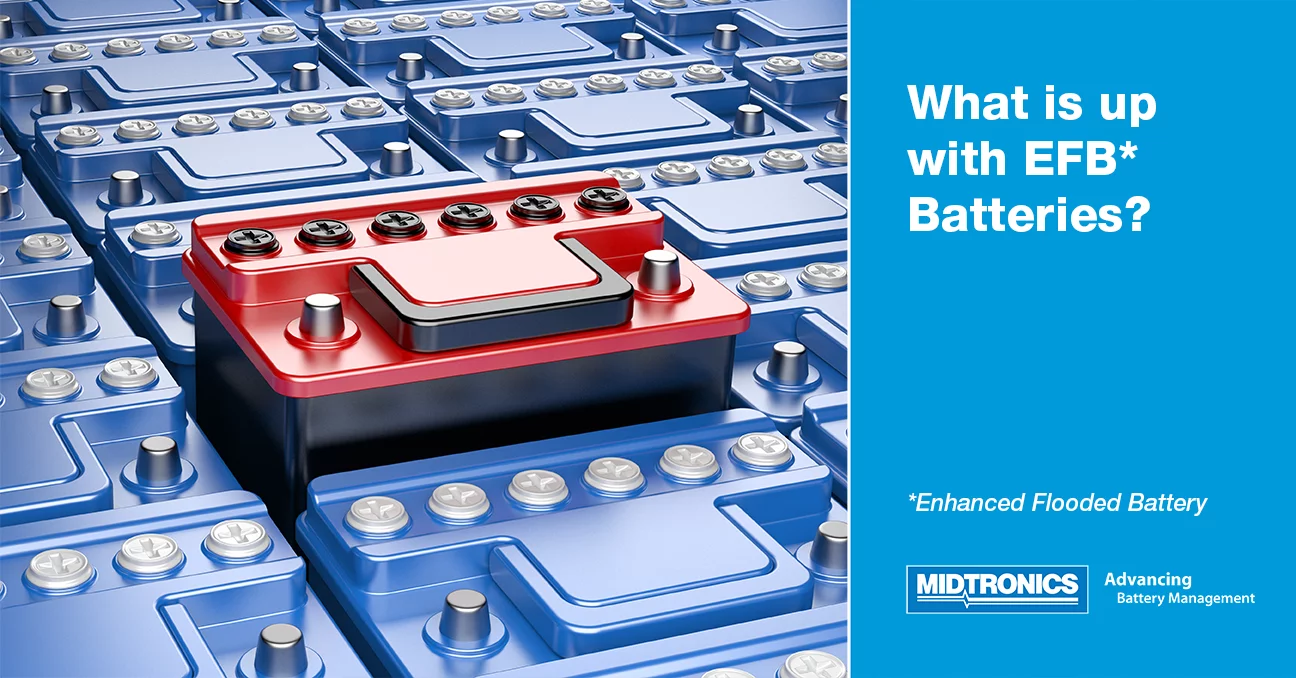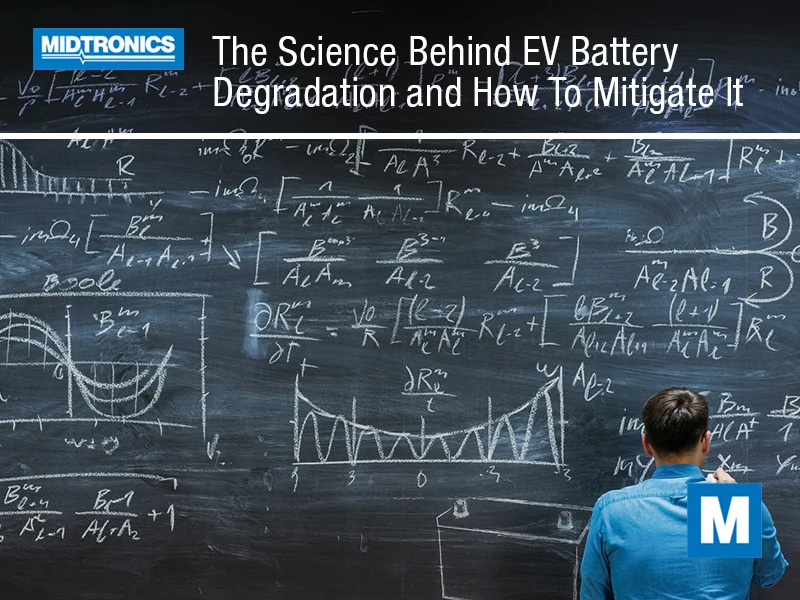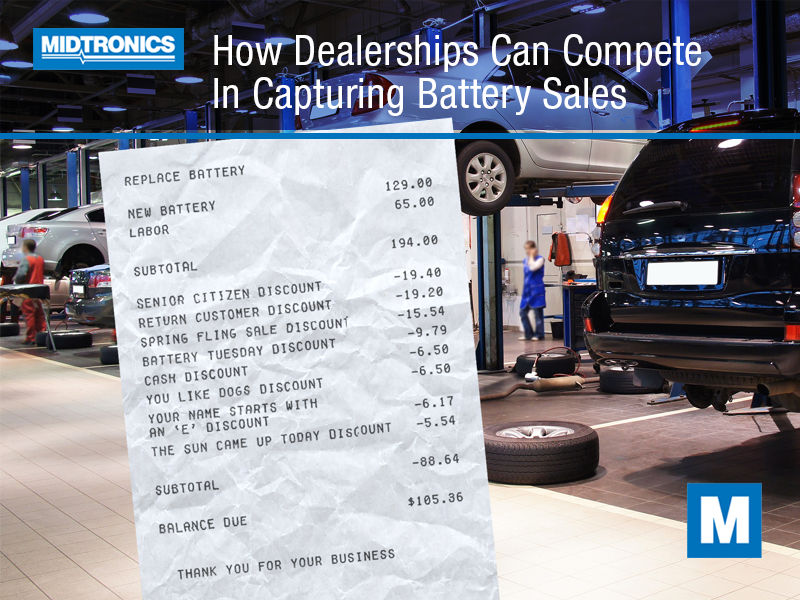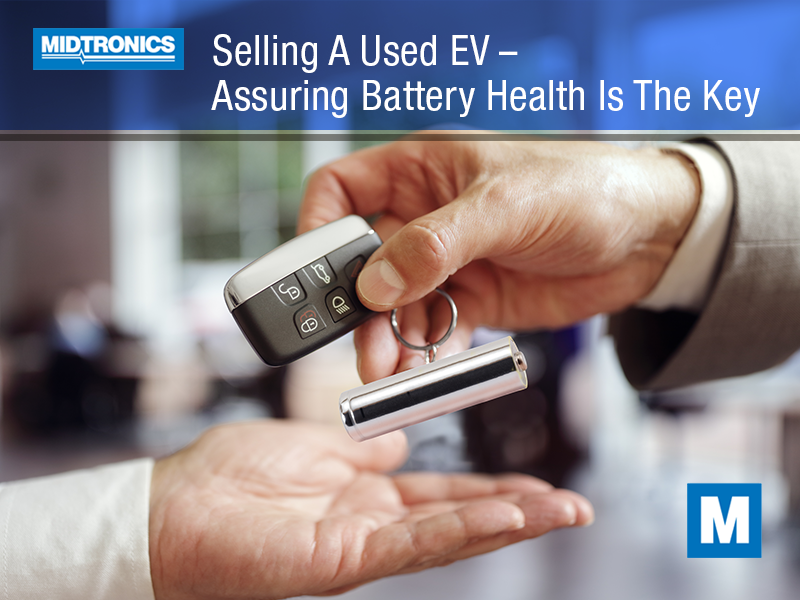Enhanced Flooded Batteries (EFB): What are they? How are they different? What are their diagnostic needs?
Start-Stop vehicle needs a different battery because:
- Significantly more starts
- Battery needs to supply power the vehicle when engine (and alternator) are off
- Charge acceptance is important; battery needs to accept charge easily to be able to perform a next Start-Stop cycle
- Regenerative Braking capability, battery or super capacitor should store the energy
EFBs and AGM batteries were designed to better accommodate these Start-Stop applications. AGM batteries are often the “go-to”, however their significant cost has led to the more cost-conscious option of Enhanced Flooded Batteries (EFB).
What are the benefits of EFBs?
The primary benefits of EFB are:
- Improved charge acceptance vs. standard 12V flooded
- Greater cyclic durability vs. standard 12V flooded when operating in a reduced state of charge
- Lower cost than AGM technology
The performance benefits compared to standard flooded batteries are critical in start-stop applications. Studies approximate EFB batteries will provide 85,000 engine starts, compared to 30,000 starts from standard flooded product.
How does EFBs provide Start-Stop performance benefits?
It really comes down to two key physical differences when comparing to standard 12V flooded batteries
- Narrow grids: holding capacity of active material is raised to prevent active material from becoming softened and dropping, thus increasing charge acceptance.
- Increased number of plates in the battery: increases the reaction area to improve charging performance

It is important to understand, however, that due to how EFBs are constructed and used, they are more susceptible to different types of failure when not managed properly. The reduced acid volume between plates combined with the increased quantity of charge / discharge cycles increases the risk of stratification.
But with EFBs, it does not end there. As batteries discharge the acid concentration decreases resulting in increased lead ions. And when charged, dendrites are created and the lead plates expand. In EFB batteries the plates are constructed so close, that this can allow the dendrites to connect the plates and create shorts.

How do you diagnose EFBs?
As such, Enhanced Flooded Batteries must be diagnosed differently than standard 12V flooded batteries. Standard flooded batteries have a direct correlation between OCV and Specific gravity. EFB batteries are more susceptible to stratification which skews the correlation between OCV and Specific Gravity. If not charged properly, the OCV may increase even though the Specific Gravity does not increase in a proportional amount. This is a result of polarization or stratification and can lead to early life failures.
Enhanced Flooded Batteries (EFB), can help enable many start-stop applications, but due to their performance differences, they come with additional service requirements. As such, it is important you have the proper equipment to accurately diagnose this battery technology.




